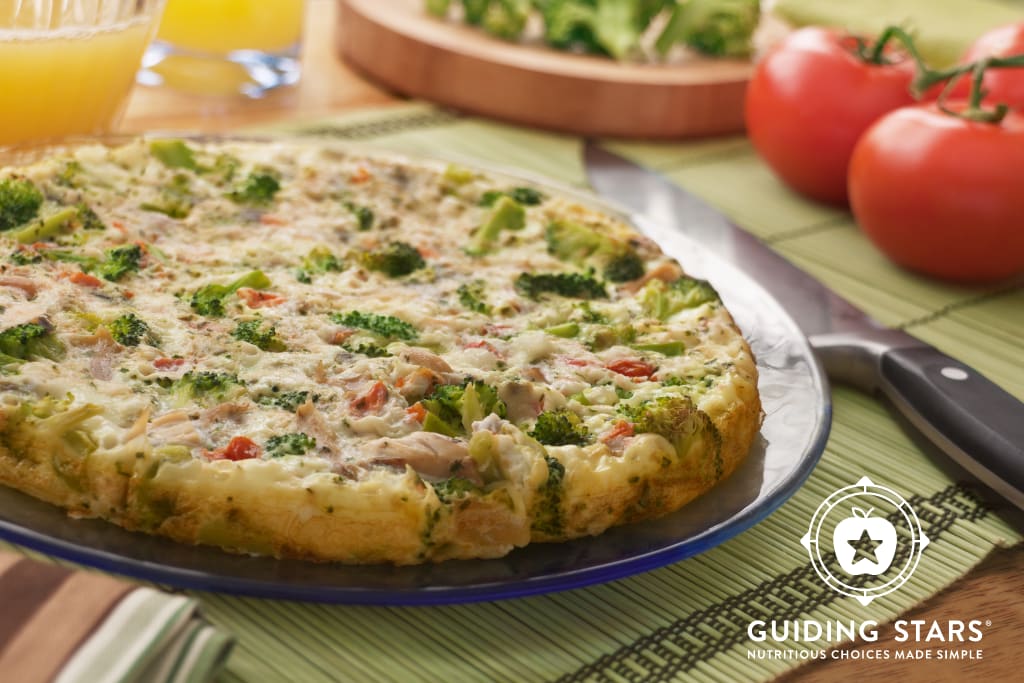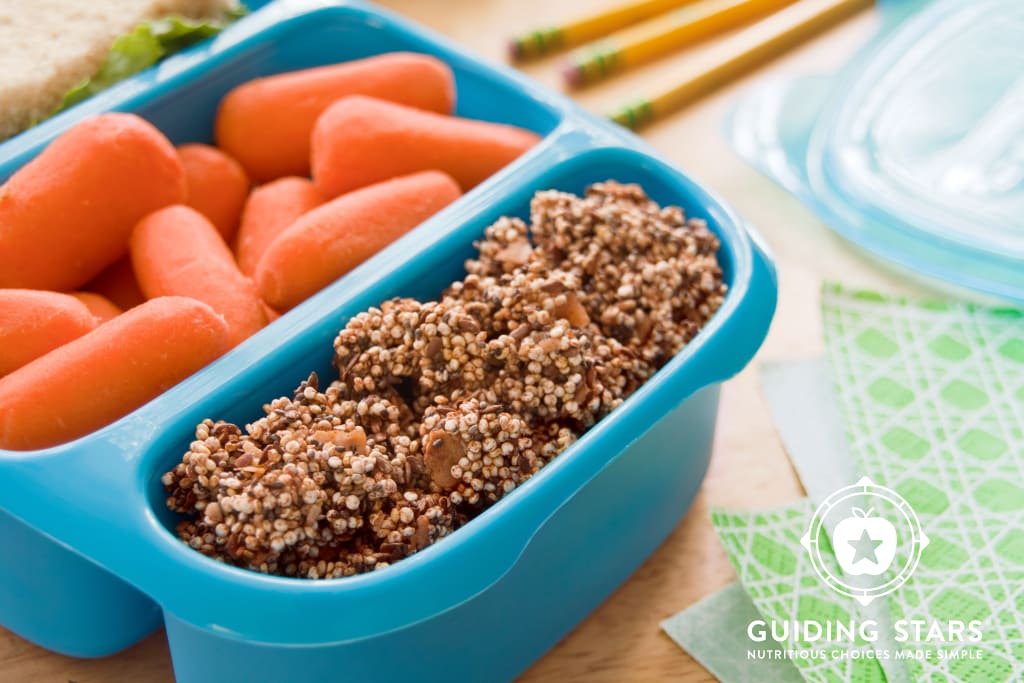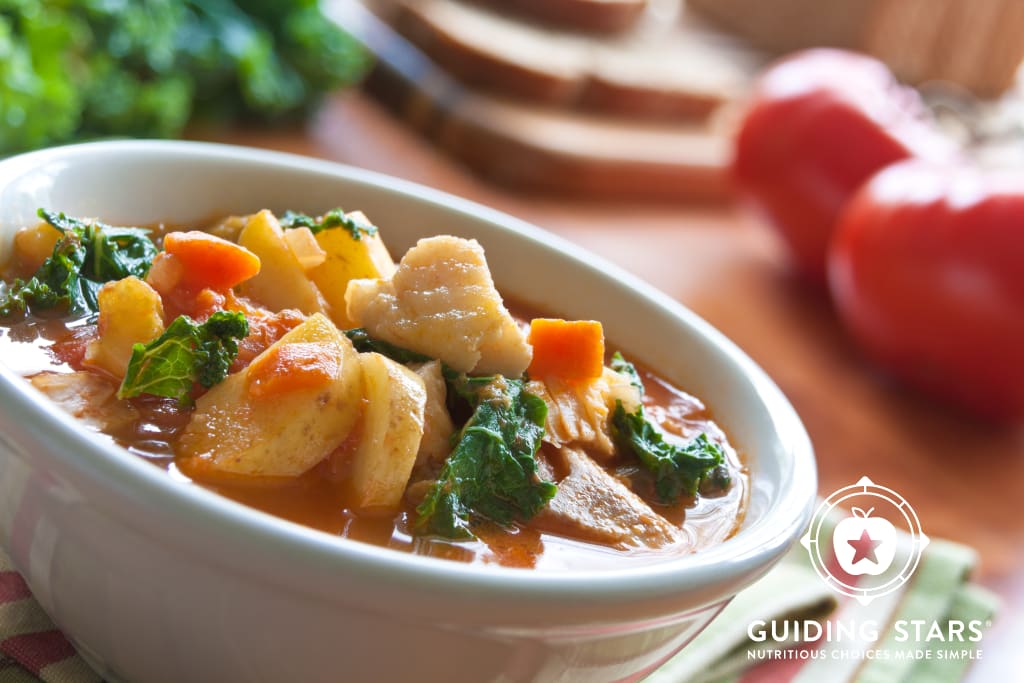
When you ask someone about the Mediterranean Diet, typically the first thing they’ll mention is “Oh, yeah, lots of olive oil!” So that message has gotten through (though don’t forget the other basics of the diet: loads of veggies, seafood, whole grains, little meat, and very few sweets). Most folks also know that doctors, dietitians, and other health professionals sing the eating plan’s praises for its potential to bring important health benefits such as better blood cholesterol levels, help prevent chronic diseases, decreased likelihood of obesity, and others.






